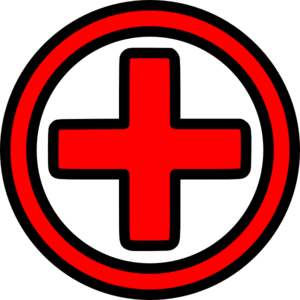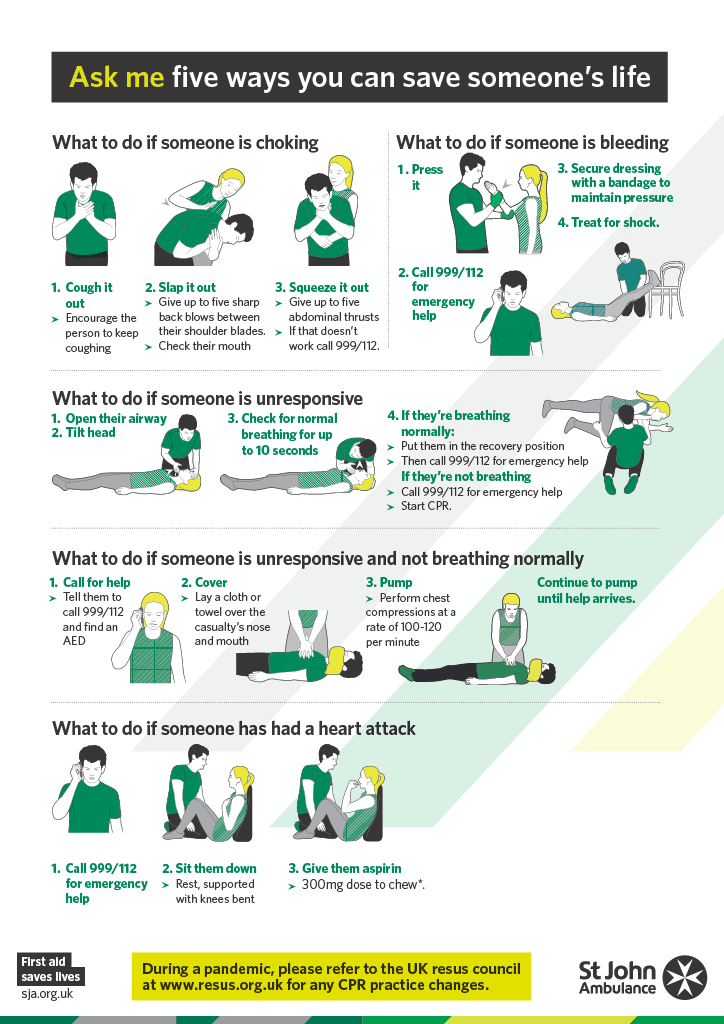

What to do in the event of an accident
First and foremost DO NOT PUT YOURSELF AT RISK!!!!!
Guidance from the Highway code is as follows:-
1. DEAL WITH DANGER.
Further collisions and fire are the main dangers following a crash. Approach any vehicle involved with care, watching out for spilt oil or broken glass. Switch off all engines and, if possible, warn other traffic. If you have a vehicle, switch on your hazard warning lights. Stop anyone from smoking, and put on the gloves from your first aid kit if you have one.
2. GET HELP.
If you can do so safely, try to get the assistance of bystanders. Get someone to call the appropriate emergency services on 999 or 112 as soon as possible. They'll need to know the exact location of the incident(including the direction of traffic, eg northbound) and the number of vehicles involved. Try to give as much information about the condition of any casualties, eg if anyone is having trouble breathing, is bleeding heavily, is trapped in a vehicle or does not respond when spoken to.
WHAT THREE WORDS is an excellent mobile phone app to pinpoint your exact location
https://what3words.com/
3. HELP THOSE INVOLVED.
DO NOT move casualties from their vehicles unless there is a threat of further danger.
DO NOT remove a motorcyclist's helmet unless it is essential.
DO try to keep casualties warm, dry and as comfortable as you can
DO give reassurance confidently and try not to leave them alone or let them wander into the path of other traffic.
DO NOT give them anything to eat or drink or smoke.
4. PROVIDE EMERGENCY CARE
Remember the letters DR A B C:
D = DANGER. Check that it is safe to approach
R = RESPONSE. Try to get a response by gently shaking the casualty's shoulders and asking loudly " are you alright?" if the respond, check for injuries.
A = AIRWAY. If there is no response, open the casualty's airway by placing your fingers under the chin and lifting it forward.
B= BREATHING. Check that the casualty is breathing normally. Look for chest movements, look and listen for breathing, and feel for breath on your cheek. If there are no signs of breathing, start CPR, interlock your fingers, place them in the centre of the casualty's chest and press down hard and fast - around 5-6 centimetres and about twice a second. You may only need one hand for a child and shouldn't press down as far. For infants, use two fingers in the middle of the chest and press down about a third of the chest depth. Don't stop until the casualty starts breathing again or a medical professional takes over.
(CPR) = Cardiopulmonary resuscitation is an emergency procedure that can help save a person's life if their breathing or heart stops.
C = CIRCULATION. If the casualty is responsive and breathing, check for signs of bleeding. Protect yourself from exposure to blood and check for anything that may be in the wound, such as glass. DO NOT remove anything that's stuck in the wound. Taking care not to press on the object, build up padding on either side of the object. If nothing is embedded, apply firm pressure over the wound to stem the flow of blood. As soon as practical, fasten a pad to the wound with a bandage or length of cloth. Use the cleanest material available.
Put out any flames, taking care for your own safety. Cool the burn for at least 20 minutes with plenty of clean, cool water. Cover the burn with cling film if available. DO NOT try to remove anything that is sticking to the burn.
What is shock?
Shock can be caused by anything that reduces the flow of blood, such as: severe internal or external bleeding,
heart problems, such as a heart attack, or heart failure, loss of body fluids, from dehydration, diarrhoea, vomiting, or burns,
severe allergic reactions and overwhelming infection (septic shock)
spinal cord injury.
Signs and symptoms
Look for:
Pale skin, which may be cold and clammy
Sweating
Fast pulse - as shock gets worse
Fast, shallow breathing
A weak pulse
Grey blue skin, especially inside the lips
Nausea and possible vomiting - as the brains oxygen supply decreases
Restlessness and aggressive behaviour
Yawning and gasping for air
The casualty could become unresponsive.
Be prepared. Always carry a first aid kit - you might never need it, but it could save a life. Learn first aid - you can get training from a qualified organisation such as St John Ambulance, St Andrews's First Aid, British Red Cross or any suitable qualified body.
If a casualty is unconscious and breathing, place them into the recovery position until medical help arrives.

